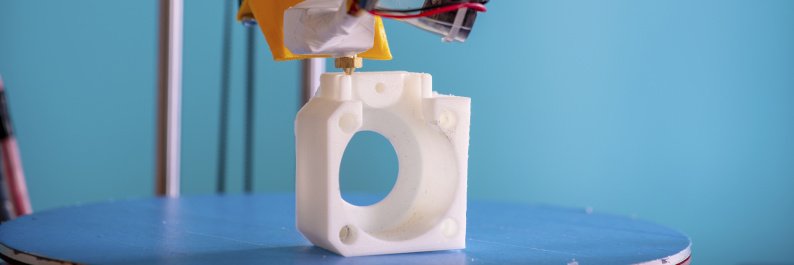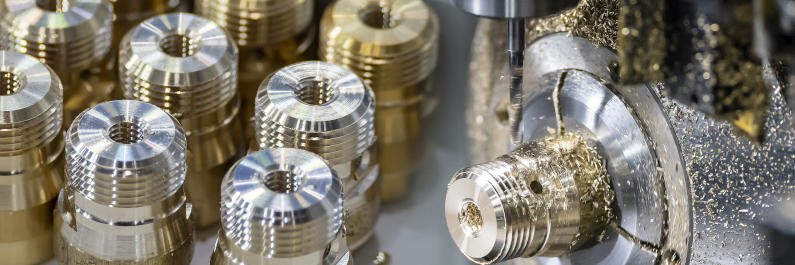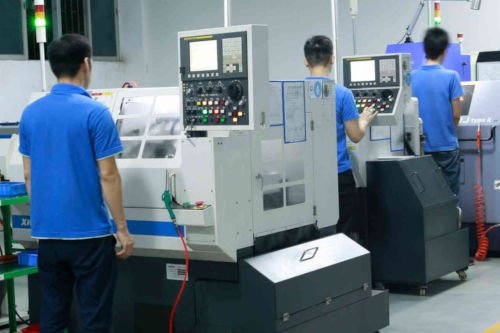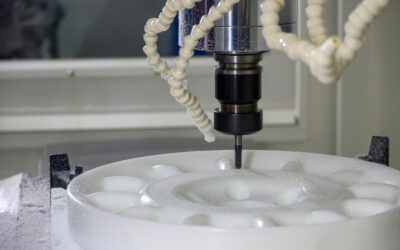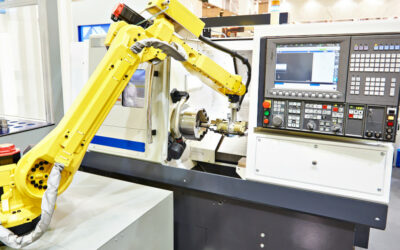Have you recently come up with a product design, or do you have a product idea that you believe will be the next big thing once it hits the market? If so, you’re likely looking for a manufacturing technology that will create your product accurately without you having to break the bank.
Subtractive manufacturing is among the most widely used manufacturing methods today across many industries because of its high accuracy, precision, and low cost. In fact, Tech Giant Apple had to ditch conventional manufacturing methods and rely on subtractive manufacturing technology to create the unibody enclosure of the MacBook Pro.
But what is subtractive manufacturing, how does it differ from other manufacturing technologies, and how can you use it to solve today’s typical product design challenges? This article answers these questions and more.
What is Subtractive Manufacturing?
Subtractive manufacturing involves creating desired shapes (or products) by successively cutting material from solid blocks of material. This manufacturing method started to gain attention in the manufacturing industry in the 1940s because it allowed machinists to manually fabricate complex parts to optimal accuracy and precision.
And to make things even more interesting, modern-day subtractive manufacturing technologies eliminate the “human factor” in machining―they require little to no input from machinists to achieve even better accuracy and precision than conventional technologies. An example of such modern-day subtractive manufacturing technology is the computer numerical control (CNC) machine.
A CNC machine relies on a computer program (G-code) to direct cutting tools to make the required cuts on a workpiece and achieve the desired shape. A product designer is only required to create a 3D CAD (computer-aided design) model of the part. And the CNC programmer will perform all the tasks necessary to convert this model into G-code, which the CNC machine will use to create the desired parts autonomously.
What is the Difference Between Additive and Subtractive Manufacturing?
Like modern-day subtractive machining technologies, additive manufacturing technologies also rely on 3D CAD models and computer programs to create the desired shape. However, unlike subtractive machining, the additive manufacturing method involves adding materials in layers until you achieve the desired shape. An example of additive manufacturing technology is the 3D printer.
Although 3D printing is gaining momentum in many industries today, it is not likely to replace subtractive manufacturing processes like CNC machining any time soon. For instance, CNC machines’ global market size is currently USD 83.99 billion and projected to surpass USD 128.41 billion by 2028. In contrast, the global market for 3D printing is valued at 12.6 billion.
So what advantages does CNC (or subtractive) machining have over additive manufacturing processes?
What are the Advantages of CNC Machining?
#1 Better Accuracy and Precision
One of the major advantages of CNC machines is their higher accuracy over several types of 3D printing technologies, including SLS (Selective Laser Sintering), FDM (Fused Deposition Modeling), and Direct Metal Laser Sintering (DMLS) technologies. To give you an idea of how CNC machines’ accuracy compares with these 3D printing technologies, Table 1 shows the achievable tolerance limits of these technologies.
The precision (or repeatability) of CNC machines is comparable to 3D printers. However, with CNC machining, you can replicate large quantities of parts in a matter of hours, whereas it might take 3D printers days (or weeks) to produce the same quantity. Simply, CNC machining offers you a shorter lead time compared to 3D printing.
Learn more about the differences between accuracy and precision.
#2 Compatible with a broad range of materials
As a product designer, you’d agree that material selection plays a crucial role in the performance and cost of your product. But even after you choose an ideal material for your product, there is still the need to choose a manufacturing technology that is compatible with your material.
CNC machines are compatible with pretty much any metal, plastic, wood, or composite as long as these materials are available in solid blocks. In contrast, 3D printers are only compatible with plastics and a few metals.
Learn more about CNC machining materials.
#3 CNC Machines Can Fabricate Large and Complex Parts
CNC machines can fabricate extremely large and complex parts, unlike additive manufacturing technologies. For instance, a simple CNC milling machine can create parts with a build volume of up to 2000 x 800 x 1000 mm, whereas SLS 3D printers’ maximum build volume is around 300 x 300 x 300 mm.
Learn more about CNC machining vs. 3D printing.
Choosing between Additive and Subtractive Manufacturing: Gensun Can Help
Subtractive manufacturing can solve many of the problems you’d encounter in product development. However, this doesn’t imply that subtractive manufacturing is a one-size-fits-all method for manufacturing any design you come up with. Instead, the right manufacturing technology will depend on your product design requirements, and it helps when you work with a machine shop with additive and subtractive manufacturing capabilities.
Thankfully, Gensun Precision Machining is a leading provider of additive and subtractive machining services across Asia. Not only do we have state-of-the-art machining technologies, but we also have highly experienced engineers, machinists, and quality control experts capable of getting your product done right the first time.
Learn more about our additive and subtractive manufacturing services.


